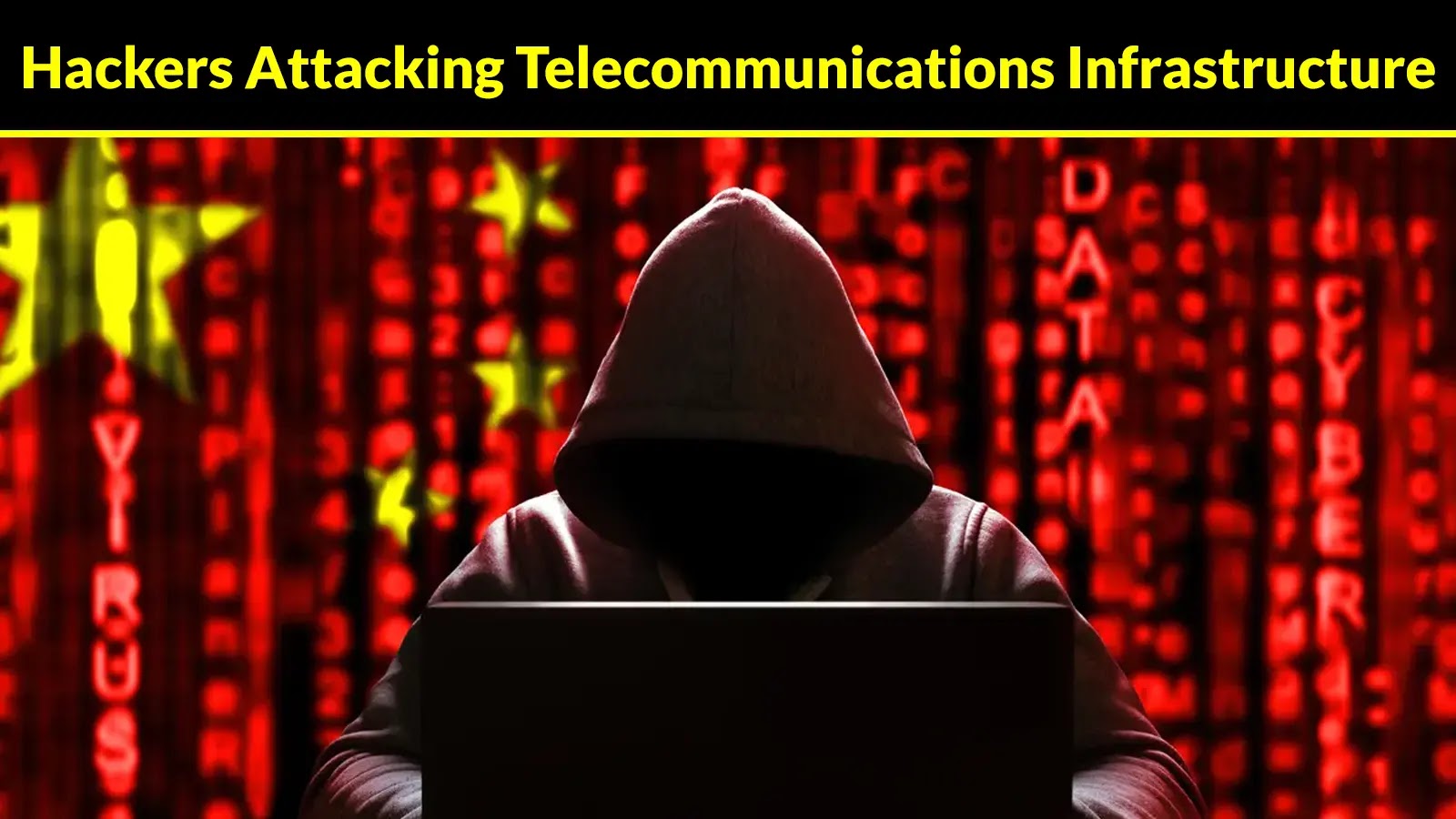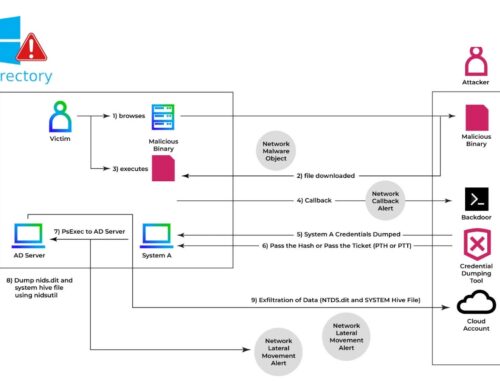
Chinese State-Sponsored Hackers Attacking Telecommunications Infrastructure to Harvest Sensitive Data
The digital backbone of our interconnected world, telecommunications infrastructure, faces an insidious and persistent threat. Recent intelligence reveals a sophisticated campaign by state-sponsored actors, specifically the Chinese group dubbed Salt Typhoon, targeting the very conduits that carry our most sensitive data. This isn’t merely about disrupting services; it’s a calculated, long-term strategy to harvest critical information from global telecom providers, raising significant concerns for national security and data privacy worldwide.
Salt Typhoon’s Modus Operandi: Deep Infiltration of Telecommunications Networks
In late 2024, cybersecurity analysts observed a concerning escalation in cyber espionage activities. Salt Typhoon, a Chinese state-sponsored advanced persistent threat (APT) group, commenced a focused campaign against crucial components within the telecommunications sector. Their targets are not random; they meticulously select devices that form the core of network operations: routers, firewalls, VPN gateways, and even lawful intercept systems. This strategic targeting indicates a deep understanding of network architecture and a clear objective to gain unparalleled access.
Bespoke Firmware Implants and Living-Off-The-Land Tactics
Salt Typhoon’s techniques highlight advanced capabilities and a commitment to stealth and persistence. A key element of their methodology involves embedding bespoke firmware implants. Unlike traditional malware, firmware implants are deeply embedded within a device’s operating system, making them incredibly difficult to detect and remove. This allows the group to maintain a covert presence, even through system reboots or standard security updates.
Further demonstrating their sophistication, Salt Typhoon heavily utilizes living-off-the-land binaries (LOTL). This tactic involves using legitimate system tools and processes already present on the compromised network. By masquerading as normal network activity, LOTL makes it significantly harder for security teams to differentiate malicious actions from legitimate administrative tasks, thus achieving persistent access without introducing new, easily identifiable malware signatures.
The Gravity of the Threat: Data Exfiltration and National Security Risks
The primary objective of these attacks is clear: sensitive data harvesting. Telecommunications networks carry an enormous volume of information, including personal subscriber data, business communications, and potentially even government and military intelligence. Compromising these networks provides Salt Typhoon with a direct highway to this valuable data. The implications are profound, ranging from widespread identity theft and corporate espionage to undermining national security through intelligence gathering.
Remediation Actions and Enhanced Security Posture
Addressing the threat posed by groups like Salt Typhoon requires a multi-layered and proactive approach from telecommunications providers and organizations relying on their services. Here are critical remediation actions:
- Implement Robust Firmware Integrity Checks: Regularly verify the integrity of firmware on all critical network devices (routers, firewalls, VPN gateways). Utilize vendor-provided checksums or independent verification tools to detect unauthorized modifications.
- Enhanced Network Segmentation: Isolate critical infrastructure components from less sensitive areas of the network. This can limit lateral movement in the event of a breach.
- Zero Trust Architecture: Adopt a Zero Trust security model, where no user or device is inherently trusted, regardless of their location within the network. Strictly enforce access controls and continuous verification.
- Advanced Threat Detection and Hunting: Deploy Endpoint Detection and Response (EDR) and Network Detection and Response (NDR) solutions capable of detecting subtle anomalies indicative of LOTL tactics and sophisticated APT activity. Proactive threat hunting is crucial.
- Continuous Vulnerability Management: Regularly scan and patch all network devices. While specific CVEs for Salt Typhoon’s bespoke implants are not publicly available, maintaining a strong patch management program mitigates general attack vectors. An example of a critical, remotely exploitable vulnerability that often targets network devices is CVE-2023-2868, which affected Barracuda Email Security Gateway appliances.
- Supply Chain Security Audits: Vet hardware and software suppliers thoroughly. Ensure that procurement processes include security checks to minimize the risk of pre-compromised devices or components.
- Employee Security Awareness Training: Educate staff on phishing, social engineering, and the importance of reporting suspicious activities, as initial access often begins with human error.
- Lawful Intercept System Hardening: Pay particular attention to the security of lawful intercept systems, given their sensitive nature and direct targeting by Salt Typhoon. Implement stringent access controls, monitoring, and regular audits.
The Ongoing Battle for Digital Sovereignty
The activities of Salt Typhoon underscore the relentless nature of state-sponsored cyber espionage. Their focus on the very fabric of global communication networks presents a significant challenge to cybersecurity professionals worldwide. Protecting these critical infrastructures is not just a commercial imperative but a foundational element of national and international security. Organizations must remain vigilant, adopt advanced defensive strategies, and foster greater collaboration to withstand these sophisticated and persistent threats.





